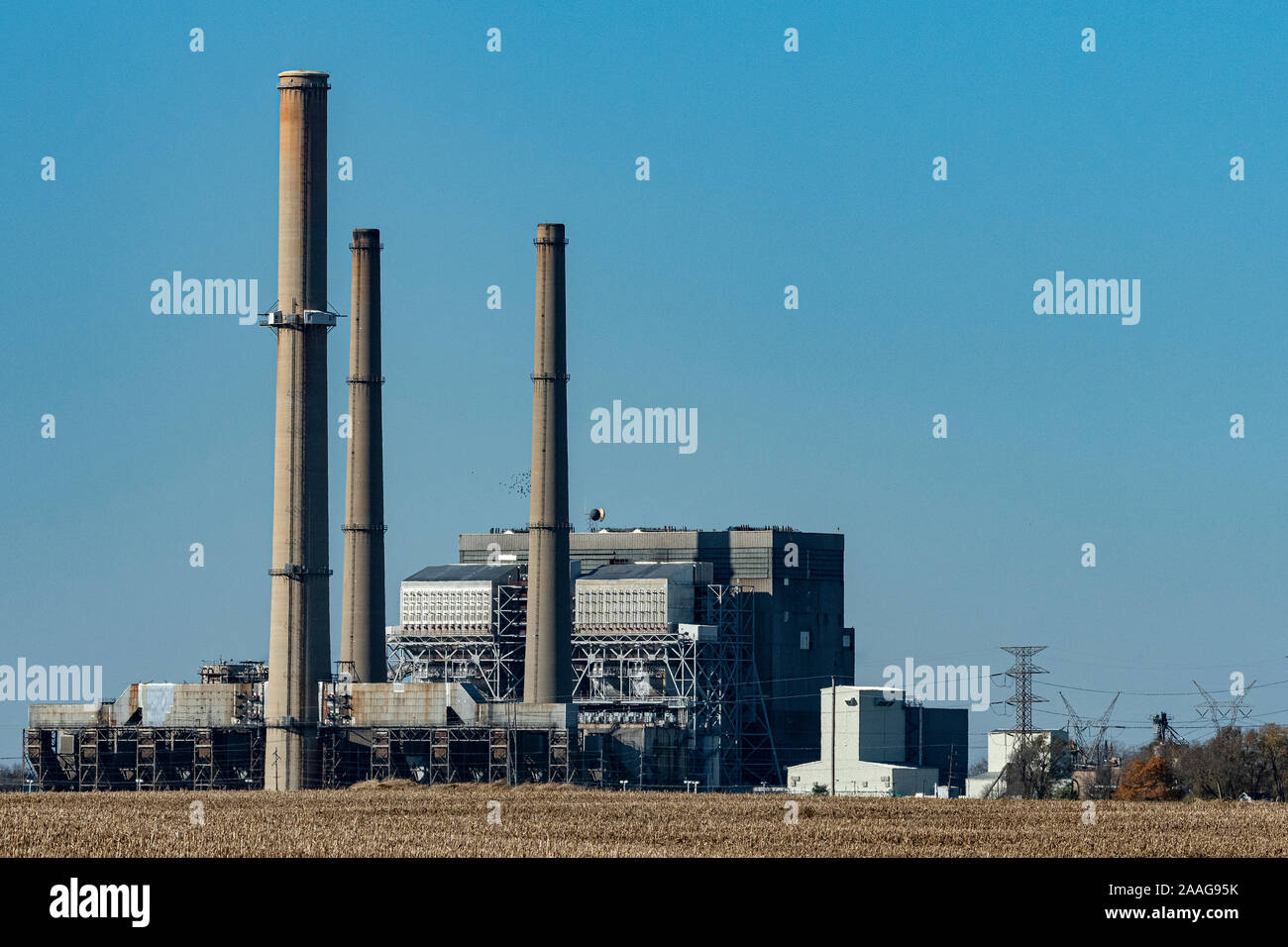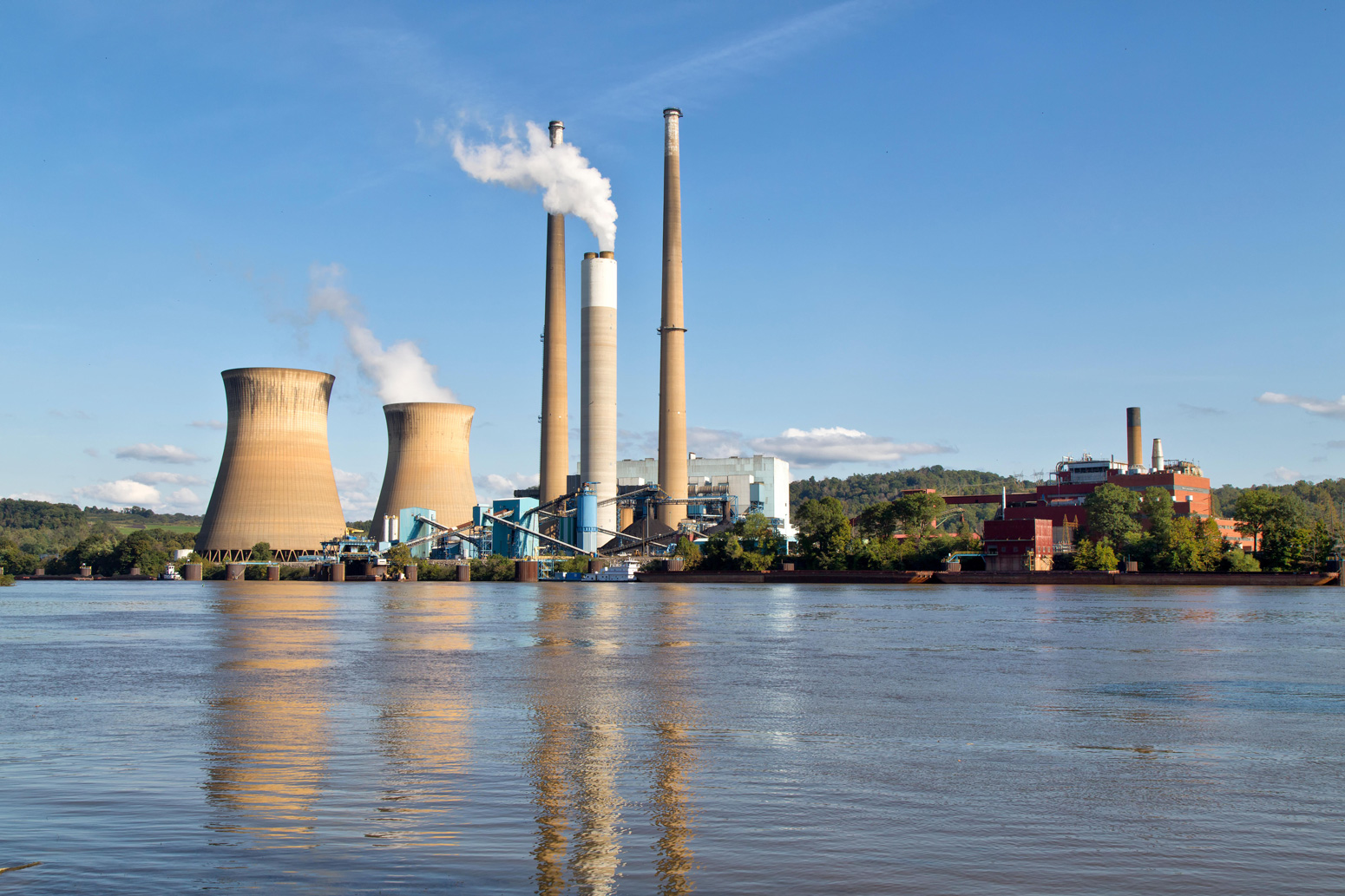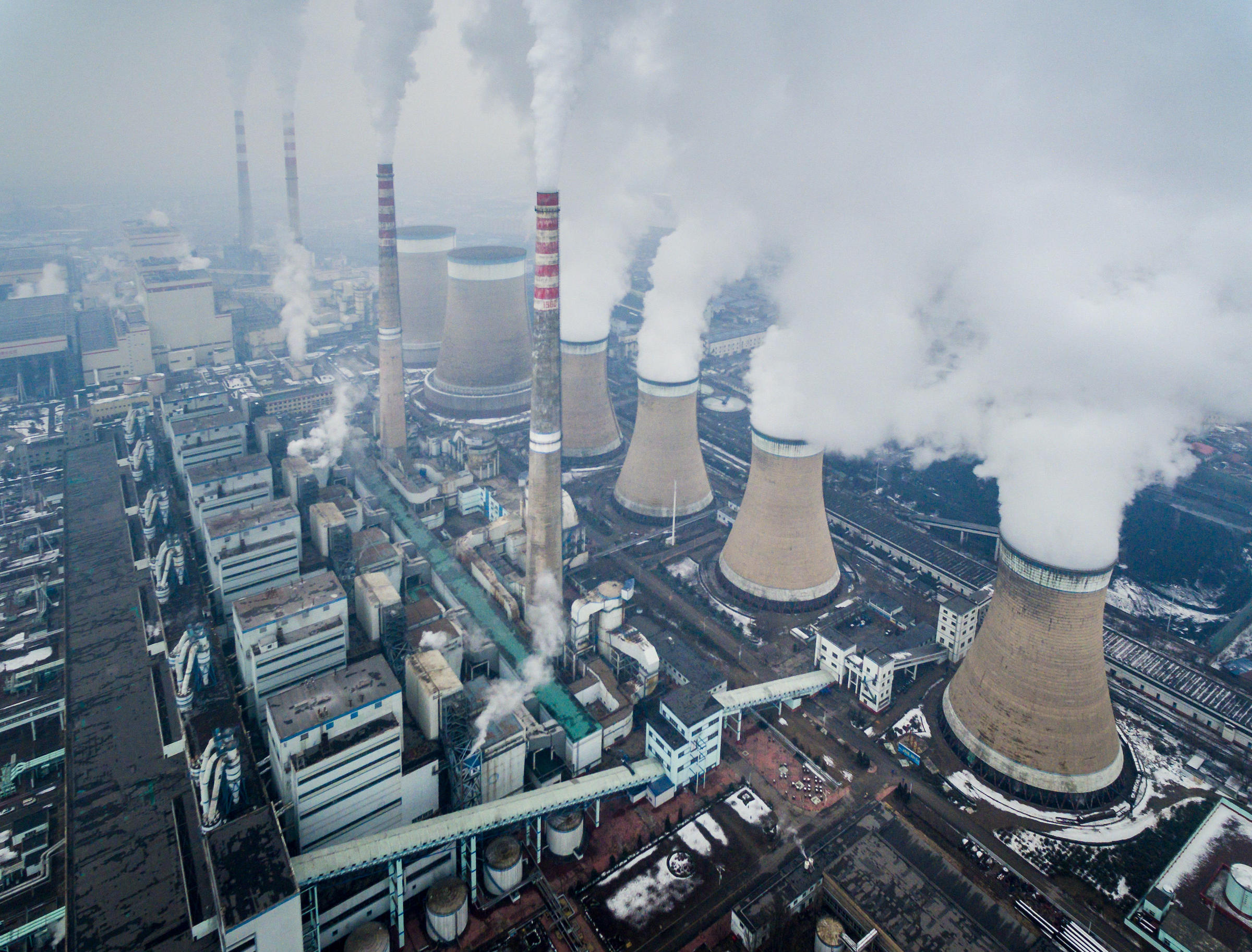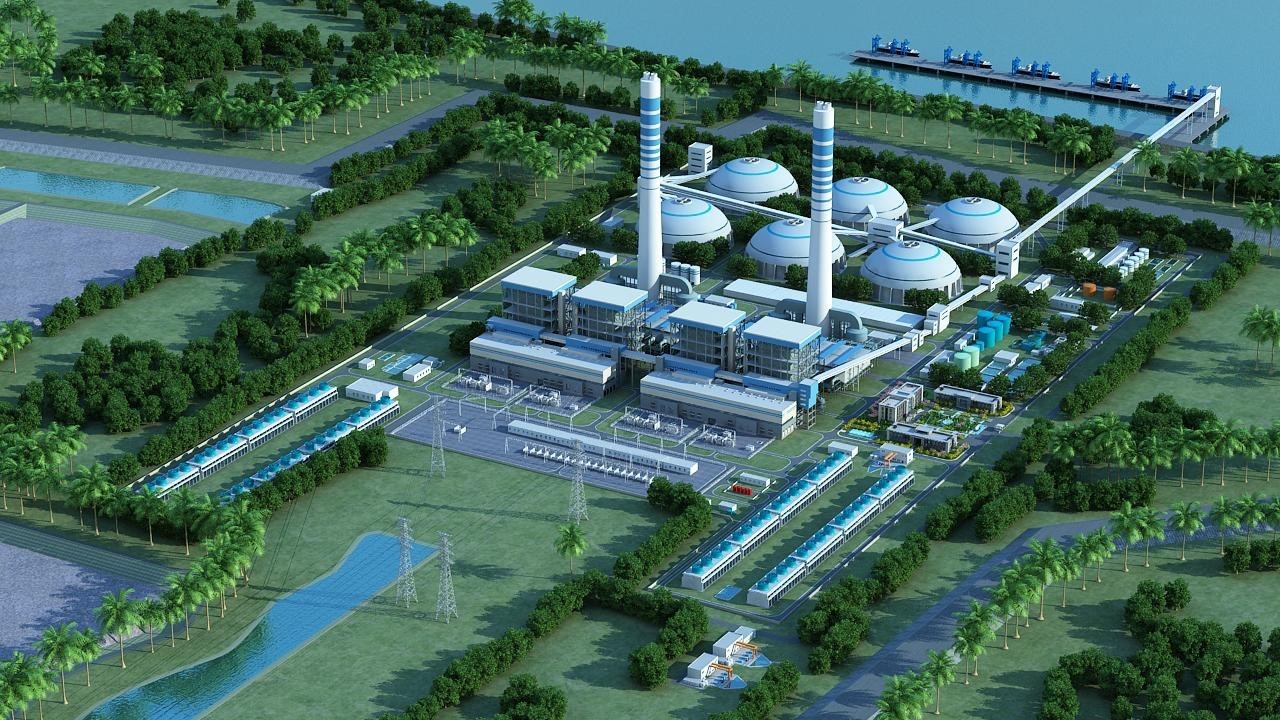The Kincaid IL Power Plant, a prominent fixture in the region’s energy landscape, presents a compelling subject for exploration. Its significance extends beyond its role in power generation, encompassing economic and environmental implications that warrant thorough examination.
This in-depth analysis will delve into the plant’s operations, fuel sources, and environmental impact, shedding light on its contribution to the local economy and the challenges it faces in mitigating its environmental footprint.
Kincaid Power Plant Overview

The Kincaid Power Plant is a coal-fired power plant located in Kincaid, Illinois, United States. It is owned and operated by the energy company Dynegy and has a generating capacity of 1,600 megawatts (MW).
The plant was built in the early 1970s and has been in operation ever since. It is one of the largest coal-fired power plants in the United States and is a major source of electricity for the Midwest region.
Fuel Sources and Environmental Impact
The Kincaid Power Plant primarily uses coal as its fuel source. Coal is a fossil fuel that is mined from the earth and burned to produce heat. The heat is then used to boil water and create steam, which drives the plant’s turbines and generates electricity.
The burning of coal releases pollutants into the air, including sulfur dioxide, nitrogen oxides, and particulate matter. These pollutants can contribute to respiratory problems, heart disease, and other health issues. The Kincaid Power Plant has installed pollution control equipment to reduce the amount of pollutants released into the environment.
Significance in the Region’s Energy Landscape
The Kincaid Power Plant is a significant source of electricity for the Midwest region. It provides power to homes, businesses, and industries throughout the area. The plant is also a major employer in the Kincaid community.
However, the Kincaid Power Plant is facing challenges due to the increasing use of renewable energy sources and the declining demand for coal-fired electricity. In recent years, the plant has been operating at a reduced capacity and has been threatened with closure.
Economic Impact of Kincaid Power Plant

The Kincaid Power Plant plays a significant role in the economic well-being of the region. It provides employment opportunities, generates tax revenue, and supports local businesses.
Job Creation
The plant employs a workforce of over 200 people, with an annual payroll of over $15 million. These jobs provide a stable income for families in the area and contribute to the local economy.
Tax Revenue, Kincaid il power plant
The Kincaid Power Plant generates substantial tax revenue for local governments. In 2021, the plant paid over $5 million in property taxes, which are used to fund essential services such as education, healthcare, and infrastructure.
Support for Local Businesses
The plant’s operations also support local businesses. It purchases goods and services from local vendors, including fuel, equipment, and supplies. These purchases help to create jobs and stimulate economic growth in the surrounding communities.
Potential Economic Consequences of Closure or Conversion
The closure or conversion of the Kincaid Power Plant would have significant economic consequences for the region. The loss of jobs and tax revenue would negatively impact local businesses and families. Additionally, the plant’s closure could lead to increased energy costs for consumers and businesses.
Environmental Impact of Kincaid Power Plant: Kincaid Il Power Plant

The Kincaid Power Plant has a significant environmental impact, primarily due to its emissions of greenhouse gases and other pollutants. The plant also uses large amounts of water and generates waste that must be disposed of.
Air Emissions
The Kincaid Power Plant is a major source of air pollution, emitting sulfur dioxide, nitrogen oxides, and particulate matter. These pollutants can contribute to respiratory problems, heart disease, and other health issues. The plant is also a major contributor to climate change, as its emissions of greenhouse gases trap heat in the atmosphere.
The plant is in compliance with all applicable environmental regulations. However, it has been the target of lawsuits by environmental groups seeking to reduce its emissions.
Water Usage
The Kincaid Power Plant uses large amounts of water for cooling purposes. This water is drawn from the Mississippi River. The plant’s water usage can have a negative impact on aquatic life, as it can alter the temperature and flow of the river.
The plant has implemented a number of measures to reduce its water usage, including installing a closed-loop cooling system. However, the plant still uses a significant amount of water.
Waste Disposal
The Kincaid Power Plant generates a large amount of waste, including coal ash and scrubber sludge. This waste can contain hazardous materials, and it must be disposed of properly.
The plant has a number of waste disposal practices in place, including landfilling and recycling. However, the plant’s waste disposal practices have been the subject of controversy, as some environmental groups have raised concerns about the potential for contamination.
Comparison to Other Energy Sources
The Kincaid Power Plant is a relatively inefficient source of energy. It produces a significant amount of pollution and uses a large amount of water. There are a number of alternative energy sources that are more environmentally friendly, such as solar and wind power.
However, the Kincaid Power Plant is a reliable source of energy that can provide baseload power to the region. It is also a major employer in the area.
Alternative Energy Options
There are a number of alternative energy options that could be used to replace the Kincaid Power Plant. These options include solar, wind, and geothermal energy.
Solar and wind power are both renewable energy sources that do not produce greenhouse gases. Geothermal energy is a renewable energy source that uses heat from the earth’s interior to generate electricity.
These alternative energy sources are all more environmentally friendly than coal-fired power plants. However, they are also more expensive. It is important to weigh the environmental benefits of these alternative energy sources against their costs when making decisions about the future of energy production.
